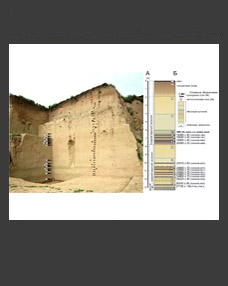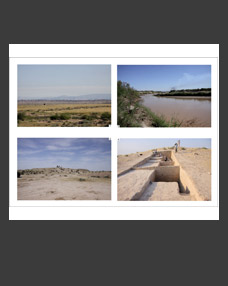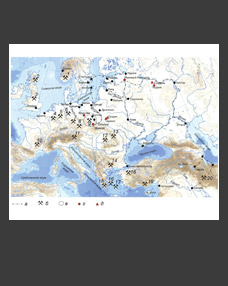Treister M.Yu., Shemakhanskaya M.S., Yablonsky L.T.
Key words: lost-wax cast silver knife handle, animal style, silver amphora, Achaemenid parallels.
The article publishes the unique deer knife handle from the excavations at kurgan 4 of Filippovka 1 cemetery in the Orenburg oblast. The burials in the kurgan are tentatively dated to the 5th–4th cc. BC. The lost-wax cast silver knife handle is covered with black silver sulphide and inlaid with gold. As to shape, the nearest counterpart is the bone knife handle from the mound of Dedetepe in northwestern Asia Minor, which dates to the second quarter of the 5th c. BC. The handle from Filippovka appears to have been modeled after an item manufactured in the first half of the 5th c. BC in an Asia Minor workshop that produced artifacts in the Achaemenid style. The item could have been manufactured relying on the tastes of the buyer, or the craftsman could have made an imitation of an Achaemenid-style artifact. There is reason to assume that the knife from Filippovka could have been in use, or storage, for a considerable length of time prior to finding its way into the burial.







